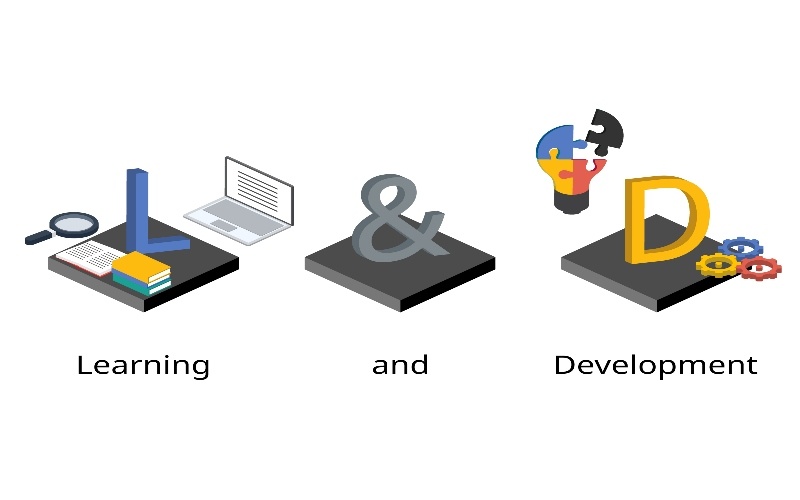
Learning and Development In HRM: Trends to Look Out for in 2024!
Managing a remote workforce has become a major issue for organizations in the post-COVID era. The Learning and Development team has been responsible for establishing new remote onboarding and training programs, evaluating team member productivity and effectiveness in virtual teams, and finding cutting-edge software solutions to promote and support a hybrid workplace. Now, L & D teams are being applauded and appreciated in the corporate world for adapting to the new “zoom” era of work.
Top 4 Learning and Development In HRM Trends of 2024
Here are four learning and development trends to watch for in 2024, as more organizations put money into their L&D departments and programmes:
1. In-App Experiences
In-app learning experiences continue the trend of digital transformation that we’ve seen in recent L&D developments. With the help of in-app experiences, L&D teams can build on-the-job training, onboarding, and overall support content directly within the digital tools that employees are already familiar with. With this kind of L&D and support content, employees may pick up new skills right when they need them, without ever needing to leave their computers or mobile devices.
2. Repurposing Old Content
The development of eLearning has necessitated the creation, monitoring, and updating of corporate L&D teams’ learning content on a regular basis. Repurposing existing Learning and Development course content into multimodal learning content (ie. video, audio, reading, and visual) is a trend to watch in 2024. For L&D professionals, contemporary learning management systems and employee training software platforms make it much easier to automatically create several types of new training and development content from a single, core piece of training content.
3. Microlearning
Microlearning is the practice of delivering knowledge in bite-sized parts lasting no more than five minutes each. In-app tooltips or walkthroughs, brief films, daily assignments, and more are all examples of microlearning, which allows L&D teams to get creative with their learning content. In addition, microlearning content may be easily repurposed or refreshed, and L&D teams can reward employees for completing education and training activities by gamifying them.
4. In-the-moment Learning
The increase in learning in the moment of need is similar to the rise of in-app experiences. As a result, this sort of training is more effective than traditional training because it provides employees with support content while they are working. Rather than dedicating time to “what-if” training and development, workers are learning from real-life experiences while they go about their day-to-day activities. This kind of learning has been demonstrated to be more effective at retaining information than more traditional methods.
Conclusion
Learning and Development teams will continue to be the front runners in adapting to the ongoing changes in the business landscape as we head into 2024 on a more optimistic note. They will continue to place an emphasis on the growth of their workforce by providing opportunities for upskilling and reskilling, all while looking for innovative solutions to the problems they may encounter along the way.







